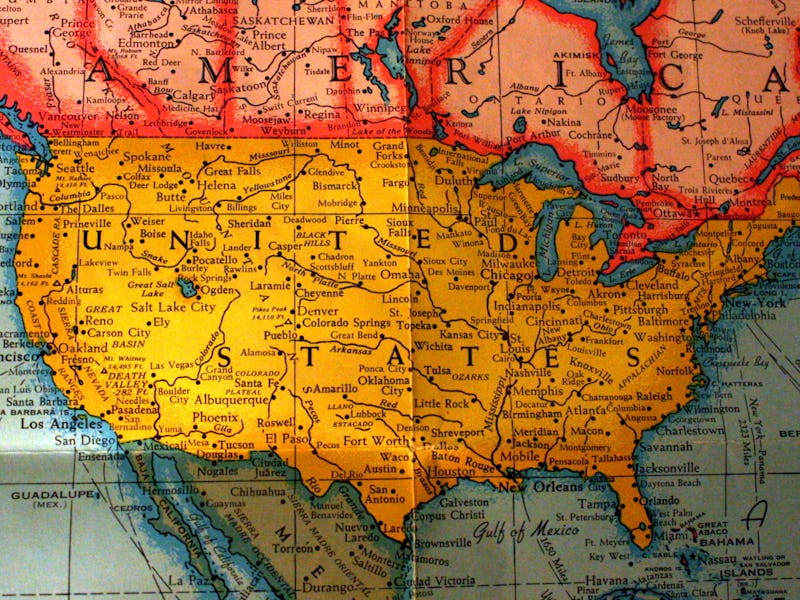The Census Bureau Will Finally Use the Internet to Count Americans
While filing out forms is boring, the census determines some of the most important things in the country.

Historically, census-takers have walked all 11 million blocks of the United States with the express purpose of compiling a mailing list. It’s not a sexy task, but it’s an important one. For its 2020 decennial (every ten years) census, the U.S. Census Bureau is hoping to ditch the paper trail and have every American counted via the internet.
It should be cheaper too — the Census Bureau predicts that switching to an online model will save the federal government $5.2 billion, compared to the scheme used in 2010 which sent millions of workers out to compile the data. The cost quintupled from about $20 in 1970 to a staggering $98 per household in 2010. Still, if the digital plan works like it’s supposed to, conducting the 2020 census will still cost about $12 billion.
As tedious as all this sounds, the money is worth it. While people are increasingly reluctant to participate in government surveys — and increasingly distrustful of what the government is going to do with this information — the census is still very good for the American people. Decennial censuses — surveys constitutionally required every ten years — are particularly critical.
Why? The number of seats allocated to states for the House of Representatives are adjusted using census information. For example, in 2010 New York lost two representatives for its declining population while Texas gained four seats. Voting precincts, state legislative districts, and boundaries for congressional districts are also all determined by decennial data — meaning that if you care about voting rights, you should care about the census well. Overpopulated districts mean the dilution of votes.
Census information also determines how $400 billion of federal funding is used — money that goes toward hospitals, schools, and emergency services.
Census workers inform ethnic Russians in Brooklyn about the census count in 2010.
How It Will Work
Given how indifferent some of the populous is about all of this stuff, the Census Bureau is trying to make the 2020 survey as easy as possible. Essentially they’re banking on the fact that if you have time to play Candy Crush, then you can probably find the time to fill out your census data. The Census Board is excited about the end of paper forms, but there is still some paper. People will be mailed a unique security code and urged to respond online. But, you don’t technically have to use the code when filling out the survey. Once online, people will just have to put in their addresses and personal data, and the bureau says it will take care of the rest. (Having the security code is more of just-in-case verification method if someone appears to be pretending to be someone else.)
The Census Bureau also promises to direct people without any sort of internet access to community centers with computers available. While complete internet dependence is the ideal, there will still be a few homes receiving paper forms — those in neighborhoods with low internet usage and large elderly populations.
Although 2020 may seem far into the future, starting next month the Census Bureau begins the experiment with Los Angeles County and Harris County, Texas, with 225,000 households expected to make sure they get counted online.